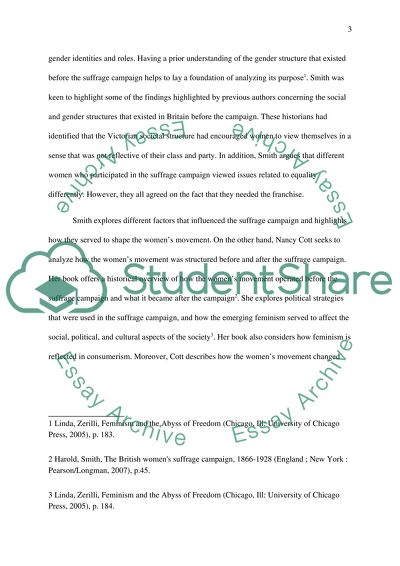Cite this document
(Comparison of The British Womens Suffrage Campaign by Harold Smith and Book Report/Review, n.d.)
Comparison of The British Womens Suffrage Campaign by Harold Smith and Book Report/Review. https://studentshare.org/sociology/1657959-comparative-book-review-1
Comparison of The British Womens Suffrage Campaign by Harold Smith and Book Report/Review. https://studentshare.org/sociology/1657959-comparative-book-review-1
(Comparison of The British Womens Suffrage Campaign by Harold Smith and Book Report/Review)
Comparison of The British Womens Suffrage Campaign by Harold Smith and Book Report/Review. https://studentshare.org/sociology/1657959-comparative-book-review-1.
Comparison of The British Womens Suffrage Campaign by Harold Smith and Book Report/Review. https://studentshare.org/sociology/1657959-comparative-book-review-1.
“Comparison of The British Womens Suffrage Campaign by Harold Smith and Book Report/Review”. https://studentshare.org/sociology/1657959-comparative-book-review-1.


